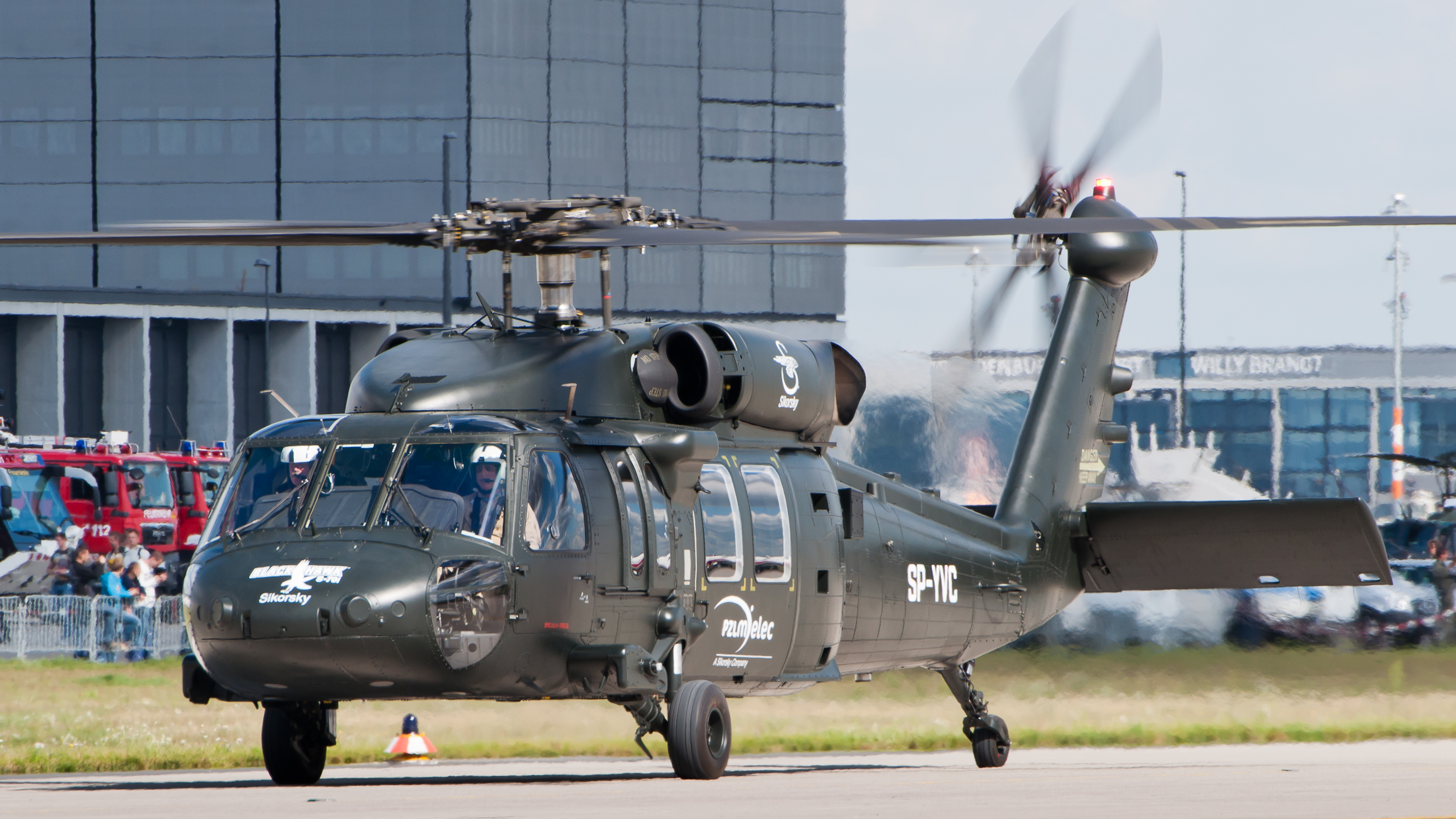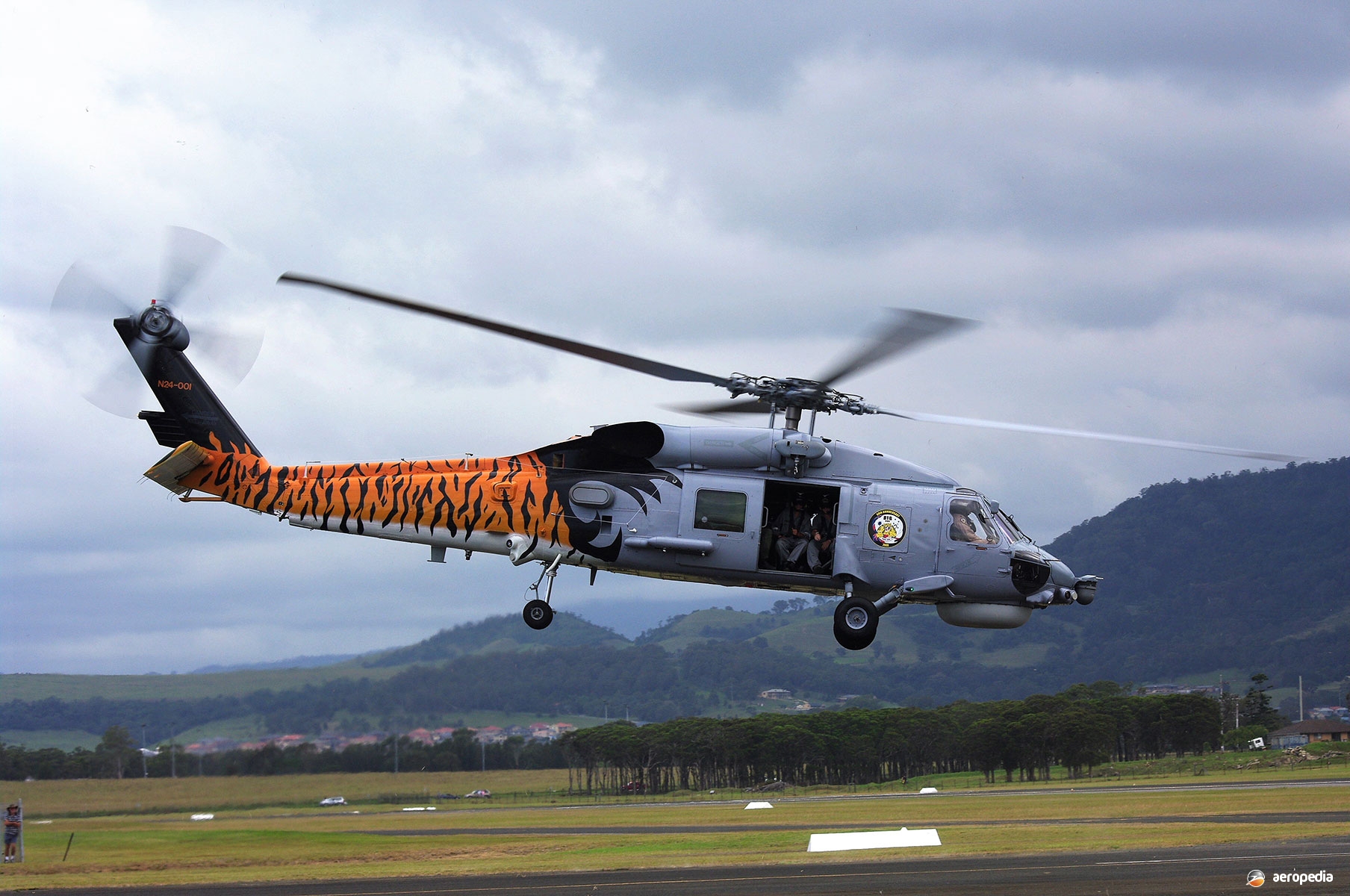The Sikorsky S 70 Helicopter: A Deep Dive into Its Design and Performance
The Sikorsky S 70 Helicopter: A Deep Dive into Its Design and Performance
Blog Article
High-Performance Multi-Role Rotorcraft Featuring Advanced Cockpit Technologies and Integrated Sensing Unit Equipments
The realm of rotorcraft modern technology has actually seen noteworthy innovations in current times, specifically in the world of high-performance multi-role rotorcraft furnished with sophisticated cabin modern technologies and perfectly incorporated sensing unit systems. These advancements have not only increased the operational capabilities of rotorcraft but have additionally significantly impacted modern-day aviation procedures on numerous fronts. From improved objective versatility to enhanced operational effectiveness, the merging of sophisticated cockpit technologies and incorporated sensing unit systems has actually introduced a new period of possibilities for rotorcraft applications. In the complying with conversation, we will explore the advancement of rotorcraft innovation, look into the world of sophisticated cabin advancements, and analyze the implications of integrated sensing unit systems on the functional versatility and performance of modern-day rotorcraft.
Development of Rotorcraft Technology
The advancement of rotorcraft modern technology has actually been noted by significant improvements in the rules of aerodynamics, materials, and propulsion systems, forming the abilities and efficiency of modern-day rotorcraft. Aerodynamic enhancements have actually boosted the efficiency and maneuverability of rotorcraft, permitting increased speed, agility, and security throughout flight (sikorsky s 70). Developments in materials, such as the usage of composite products and progressed alloys, have brought about lighter yet stronger rotorcraft structures, enhancing general performance and durability. Additionally, improvements in propulsion systems, consisting of extra effective engines and cutting-edge propulsion innovations, have enabled rotorcraft to accomplish higher altitudes, faster speeds, and greater hauls.
These developments have not just transformed the capacities of rotorcraft yet have also increased their applications across various sectors, consisting of armed forces, commercial, and emergency situation solutions. The constant development of rotorcraft technology remains to drive advancement in the field, pressing the borders of what is possible and forming the future of vertical trip.
Advanced Cockpit Innovations
Building upon the fundamental improvements in aerodynamics, materials, and propulsion systems, the realm of rotorcraft technology currently moves emphasis towards introducing Advanced Cockpit Innovations. The assimilation of advanced technologies within the cabin environment plays an essential duty in improving the functional abilities, safety and security, and effectiveness of modern rotorcraft. sikorsky s 70. Advanced Cabin Innovations encompass a large array of attributes developed to give pilots with enhanced situational recognition, streamlined data monitoring, and instinctive control user interfaces
One of the crucial advancements in cockpit design is the application of glass cabins, which change traditional analog determines with high-resolution screens. These electronic systems offer customizable designs, real-time information integration, and enhanced readability, allowing pilots to accessibility vital details at a glance. Progressed avionics systems, such as fly-by-wire controls and enhanced truth display screens, are changing exactly how pilots engage with the airplane, permitting for accurate control and boosted decision-making capabilities.


Integrating sophisticated cockpit innovations not only enhances pilot performance yet likewise adds to total objective effectiveness and safety and security in complicated operational atmospheres. By leveraging cutting edge technologies within the cabin, rotorcraft makers are setting brand-new requirements for functional excellence and goal success.
Integrated Sensor Solutions
With the development of rotorcraft modern technology, the combination of advanced Integrated Sensing unit Systems has come to be critical in boosting operational efficiency and safety and security. These Integrated Sensor Equipments encompass a wide variety of modern technologies that give vital data for various features such as navigating, security, targeting, and environmental tracking. By seamlessly integrating sensors like radars, cams, lidar, and infrared systems right into rotorcraft, operators can take advantage of boosted situational awareness, improved goal capacities, and minimized pilot work.
One key benefit of Integrated Sensor Systems is their capability to collect real-time data and offer workable insights to pilots and mission operators. For instance, advanced radar systems this link can find and track targets over fars away, enabling very early risk detection and reliable response preparation. Furthermore, incorporating electro-optical and infrared video cameras enables rotorcraft to perform reconnaissance and security goals with accuracy and accuracy.
Basically, the assimilation of advanced sensor innovations right into rotorcraft not just boosts functional performance yet additionally adds significantly to overall goal success and team safety and security. As rotorcraft proceed to develop, the duty of Integrated Sensing unit see here now Solution will undoubtedly remain at the leading edge of advancement in the aerospace sector.
Operational Flexibility and Effectiveness
Enhancing functional adaptability and effectiveness in rotorcraft is a natural progression from the assimilation of innovative Integrated Sensing unit Equipments. By leveraging the information and understandings offered by these advanced sensor systems, rotorcraft can maximize their performance across numerous goals and atmospheres.
Operational convenience includes the capability of rotorcraft to adapt to various functions and scenarios efficiently. With innovative cockpit technologies and integrated sensing unit systems, rotorcraft can seamlessly change between jobs such as search and rescue, clinical emptying, security, and more. This flexibility enhances the rotorcraft's capacity to satisfy diverse operational demands without needing considerable reconfiguration.
Effectiveness in rotorcraft operations is essential for making best use of objective effectiveness and source usage. Integrated sensing unit systems play a critical function in enhancing functional effectiveness by supplying real-time data on weather, surface mapping, target tracking, and much more. This information allows pilots to make enlightened decisions quickly, enhance trip paths, save gas, and boost general objective performance.
Effect On Modern Aviation Workflow

Moreover, the combination of innovative sensors helps with boosted mission preparation and implementation, allowing rotorcraft to do a wide variety of tasks with enhanced accuracy. From search and rescue operations to airborne firefighting and legislation enforcement objectives, the capacities of contemporary rotorcraft outfitted with sophisticated cockpit modern technologies and integrated sensing unit systems are exceptional.
Moreover, the influence of these improvements expands beyond operational efficiency to cost-effectiveness and sustainability. By maximizing flight paths, gas consumption, and upkeep schedules, high-performance rotorcraft furnished pop over to this web-site with advanced cockpit innovations and sensors add to lowering operational costs and ecological impact, making them vital properties in modern air travel operations.
Final Thought
Finally, the high-performance multi-role rotorcraft with innovative cabin technologies and incorporated sensing unit systems stands for a substantial evolution in air travel modern technology. These innovations boost operational flexibility and efficiency, inevitably impacting modern-day aeronautics procedures in a favorable method. The assimilation of these sophisticated modern technologies enables improved capabilities and performance in different objective scenarios, showcasing the continued improvement of rotorcraft innovation in the air travel industry.
The realm of rotorcraft innovation has seen significant innovations in current times, especially in the realm of high-performance multi-role rotorcraft equipped with cutting-edge cabin modern technologies and flawlessly integrated sensing unit systems. From improved objective versatility to improved operational effectiveness, the convergence of innovative cabin technologies and integrated sensor systems has actually ushered in a brand-new era of possibilities for rotorcraft applications. In the adhering to conversation, we will discover the evolution of rotorcraft technology, dive right into the realm of innovative cockpit innovations, and check out the ramifications of integrated sensor systems on the operational convenience and effectiveness of modern rotorcraft.

Report this page